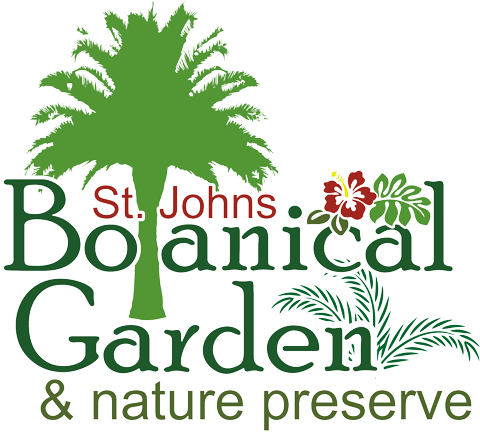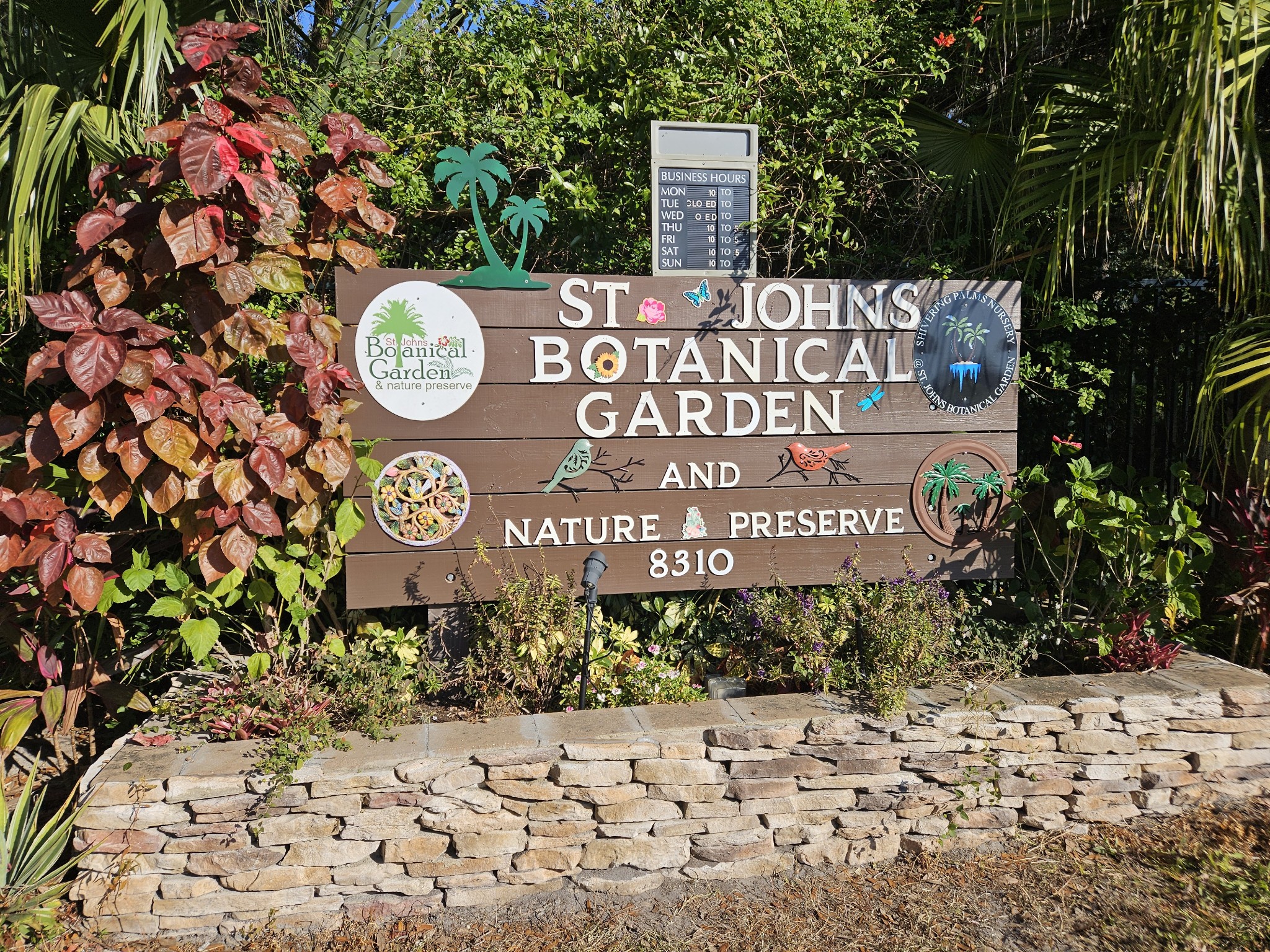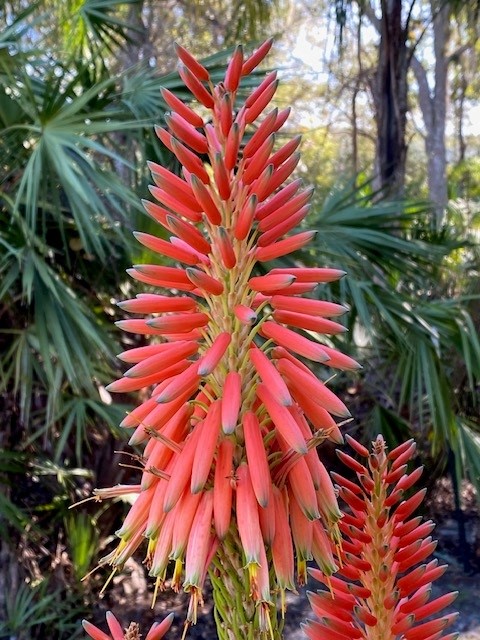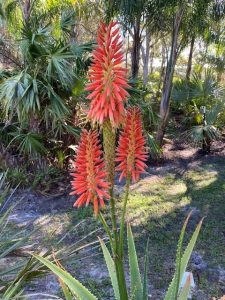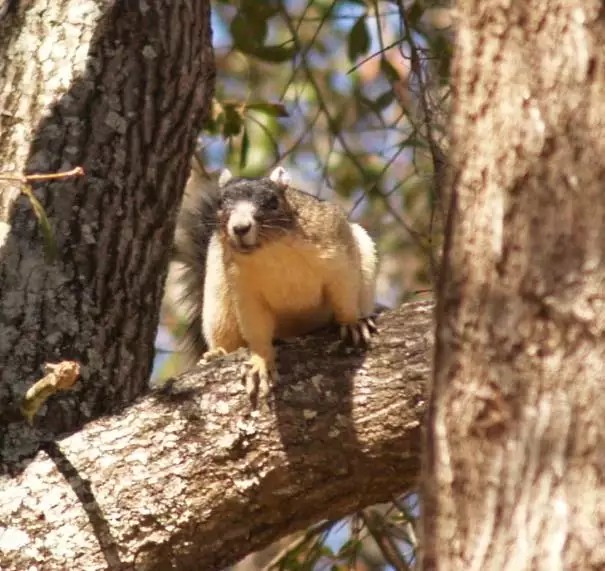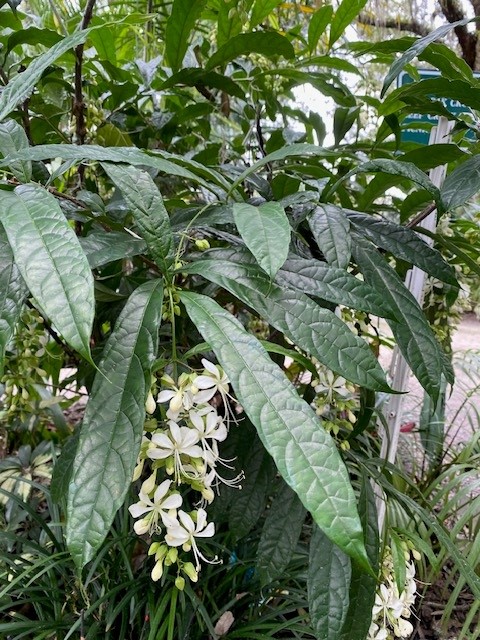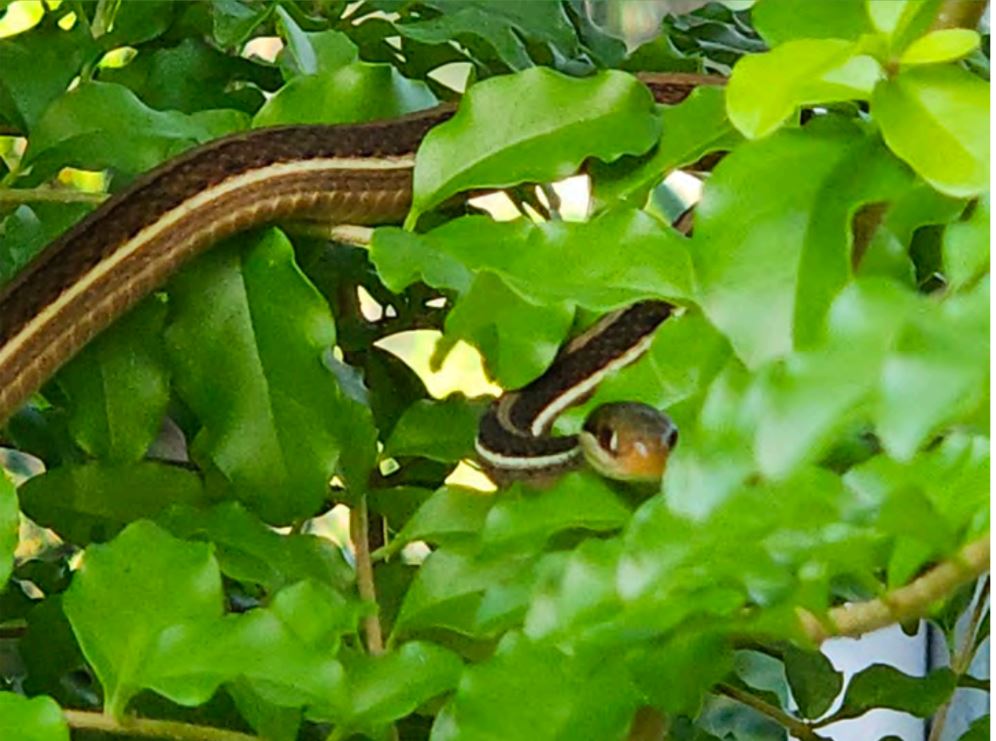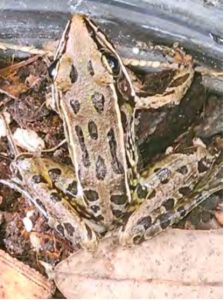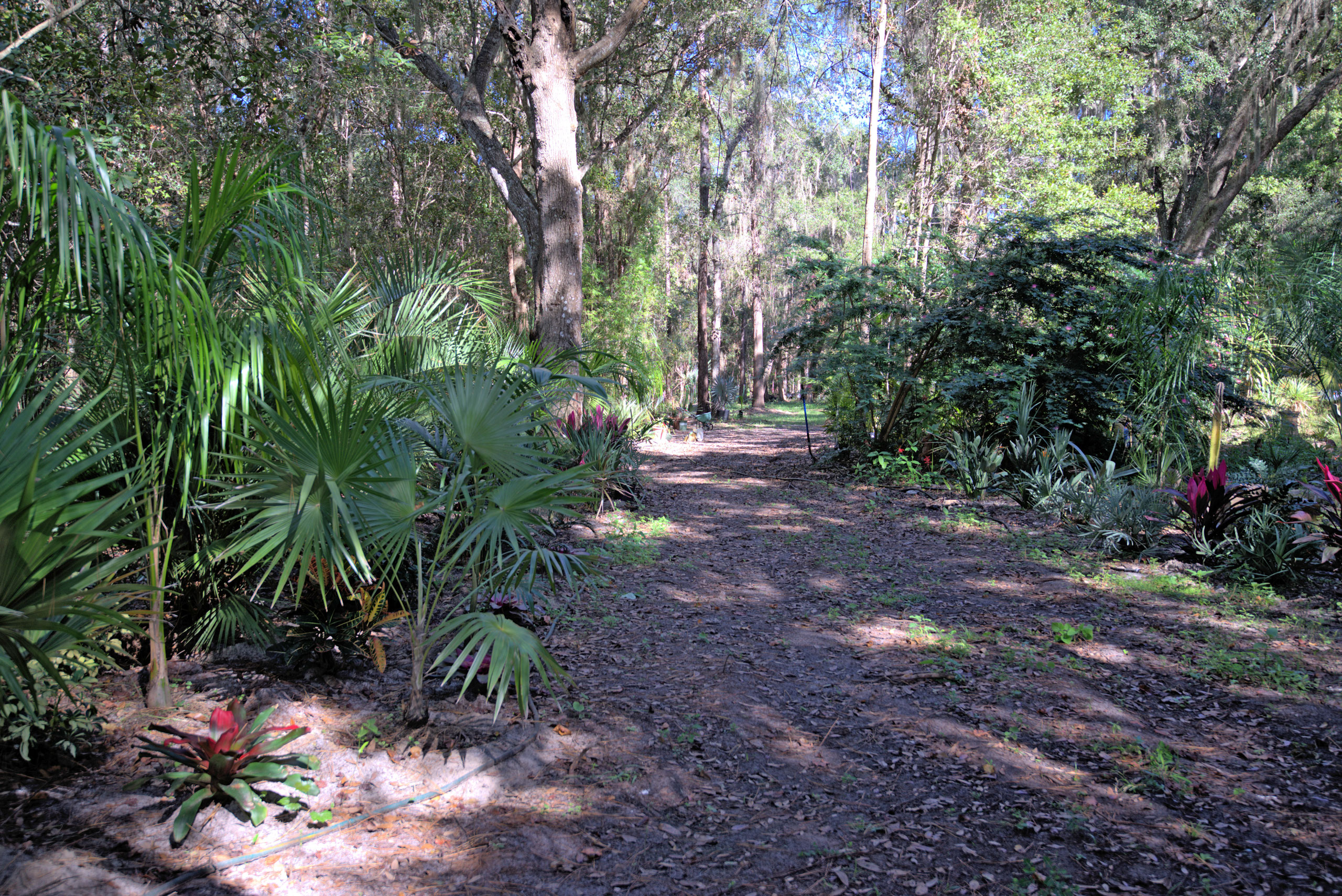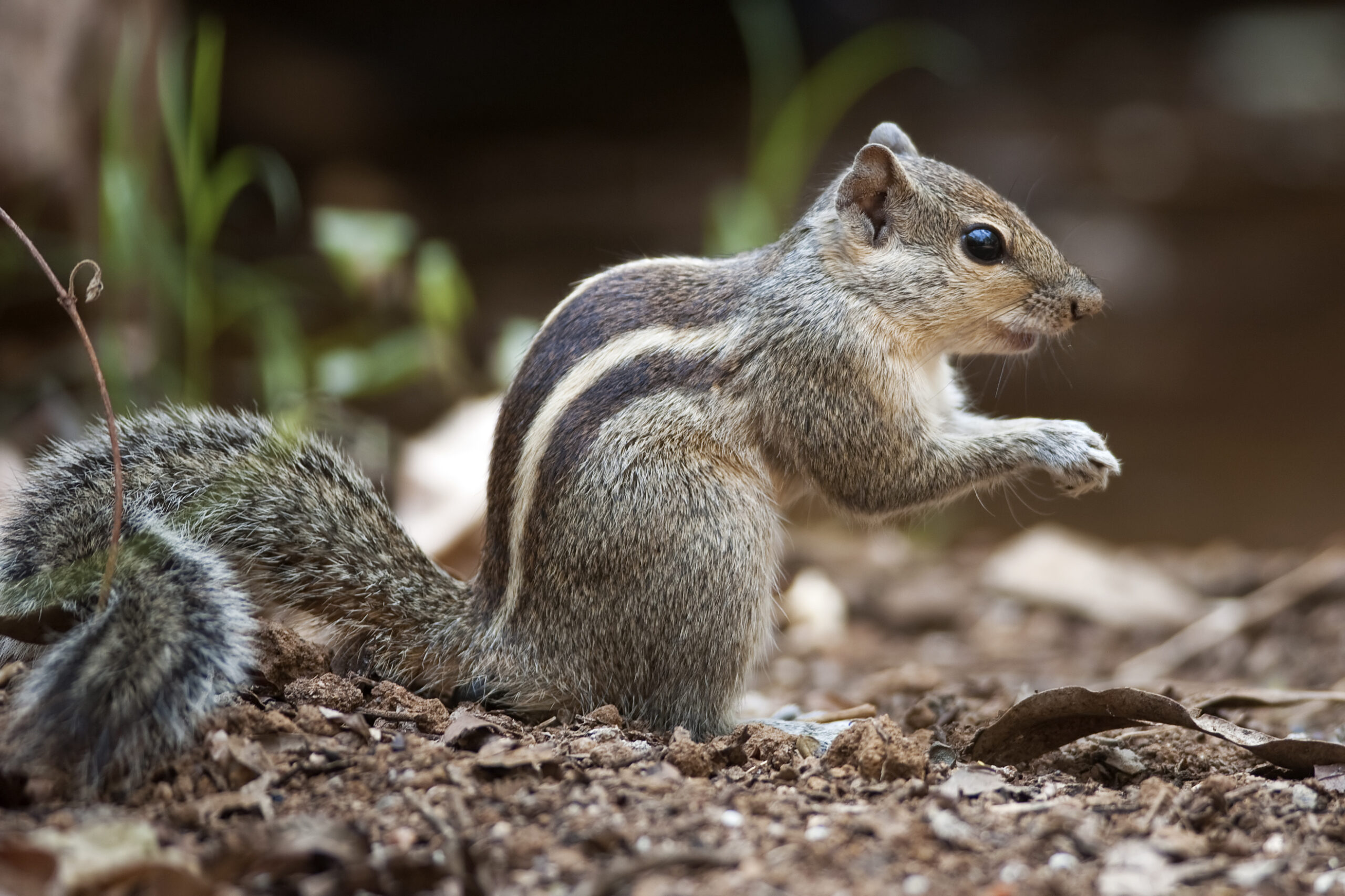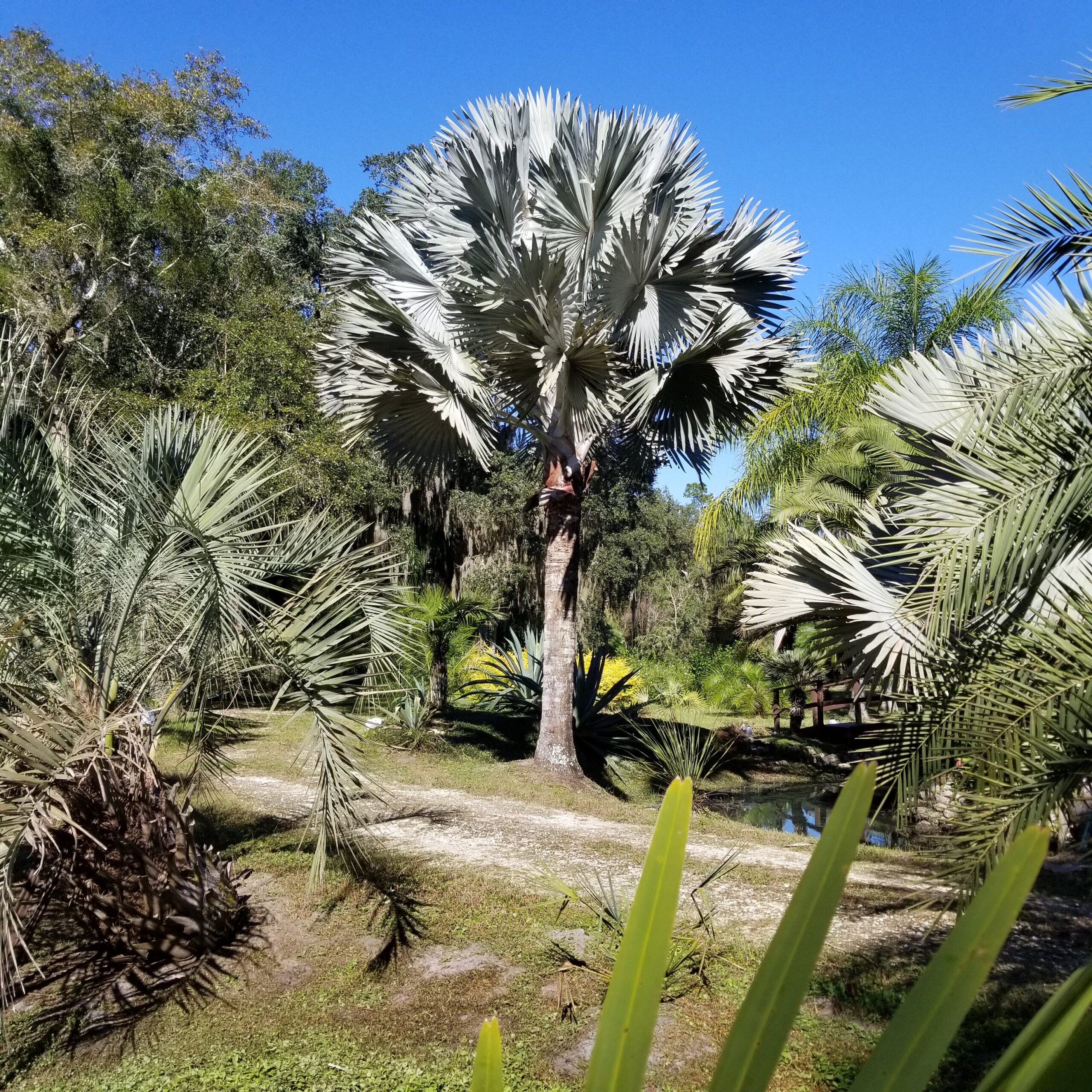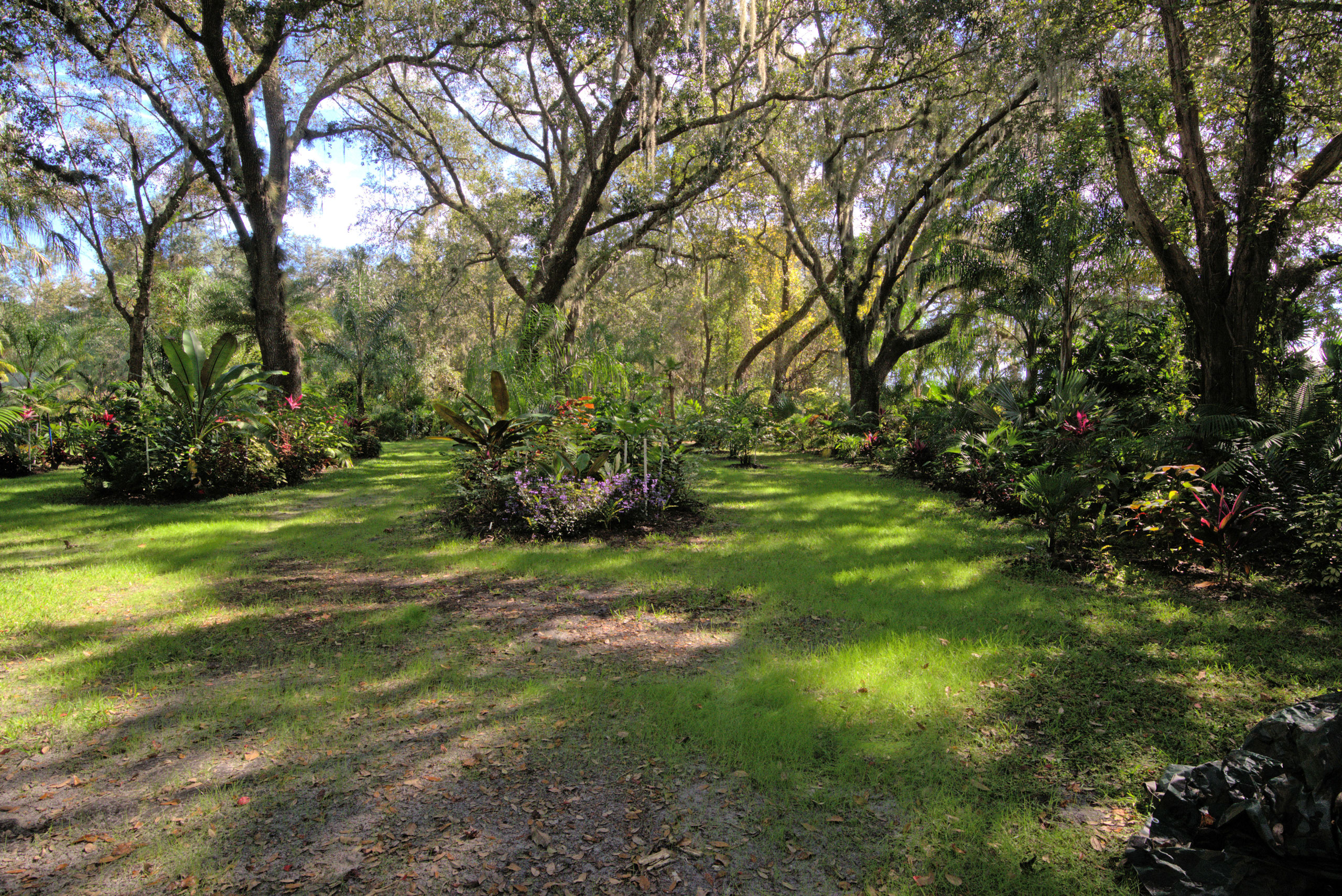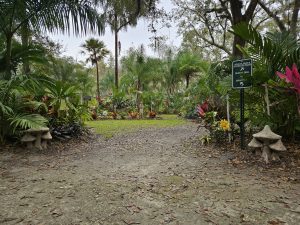 The Garden is now entering its second year of public existence, and so many things are happening in our young Garden that it is hard to keep up with everything! We truly have come so far but are working steadily for today, and the future!
The Garden is now entering its second year of public existence, and so many things are happening in our young Garden that it is hard to keep up with everything! We truly have come so far but are working steadily for today, and the future!
The Garden has been buzzing with activity and excitement! New statues continue to be added to different areas of the Garden, including the twin mushrooms near the South Entrance. Donations of beautiful new trees and flowering plants continue to arrive, and the “Green Thumbs” have been folding them into the Garden like excited tots receiving presents on Christmas morning! Many of these new plants have been donated by Ken Pomar, a new neighbor of the Garden!
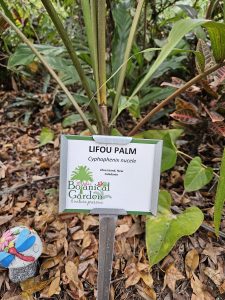
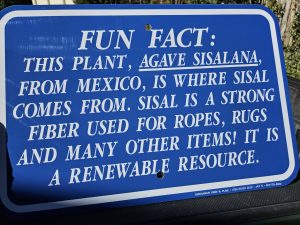
New “FUN FACT” signs have started to be placed around the Garden. These white and blue signs share interesting details about some of the plants in the Garden, making them more than just ID labels!
Speaking of signs, the brand-new ID signs have also been appearing around the Garden, thanks in large part to the efforts of Sue Wilson, our fantastic Store Manager! They are beautiful and long-lasting signs with our logo on each one, and include the common name and origin of the plant, as well as the scientific name. Such signage is ongoing and crucial for Education and visitor engagement, thereby supporting our Conservation goals, as well!
Additionally, the large Entrance Sign to the Garden was renewed by the hard work of Ephraim Badea (with a little help from his longtime friend, Dr. Rossi!) The old letters and decorations were removed; the sign was repainted, and then new letters and decorations were added. It looks great!

